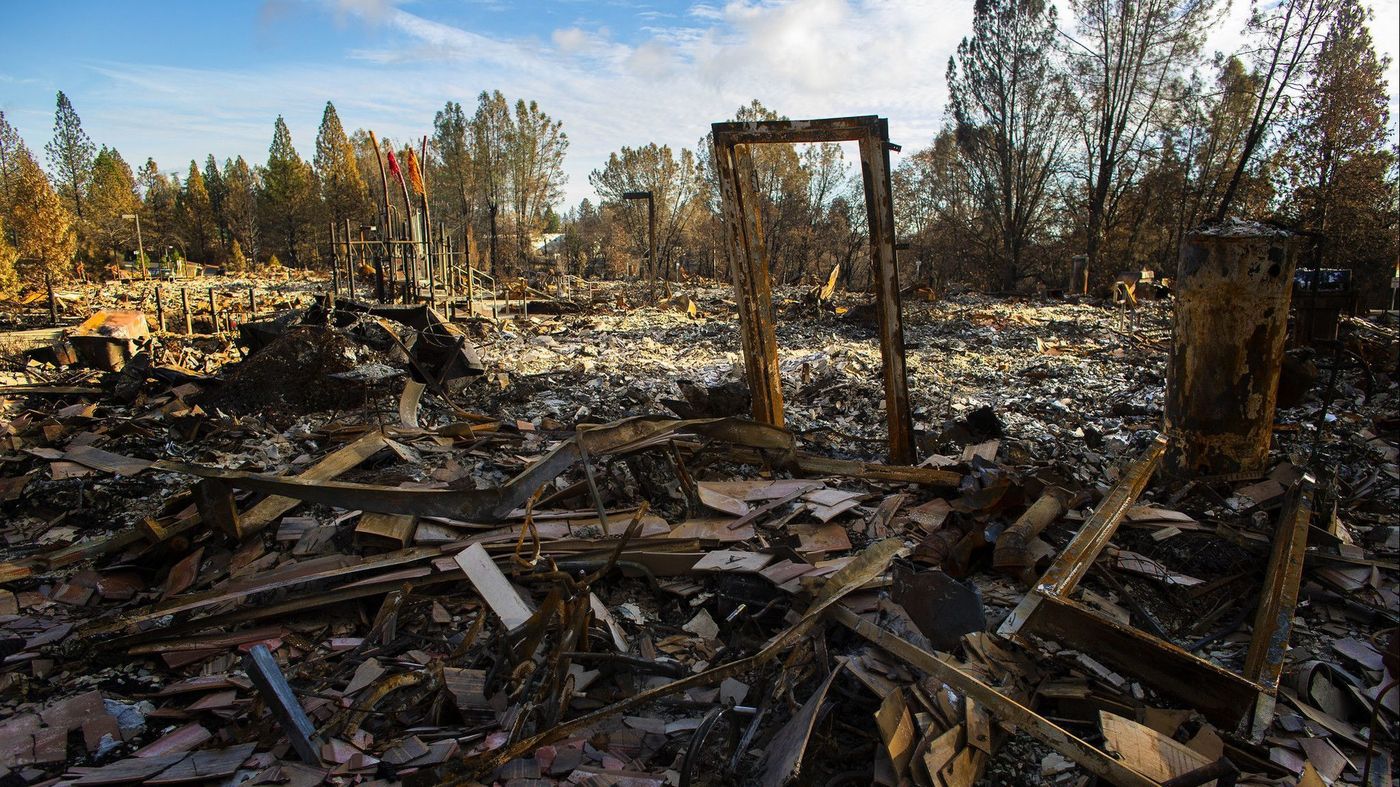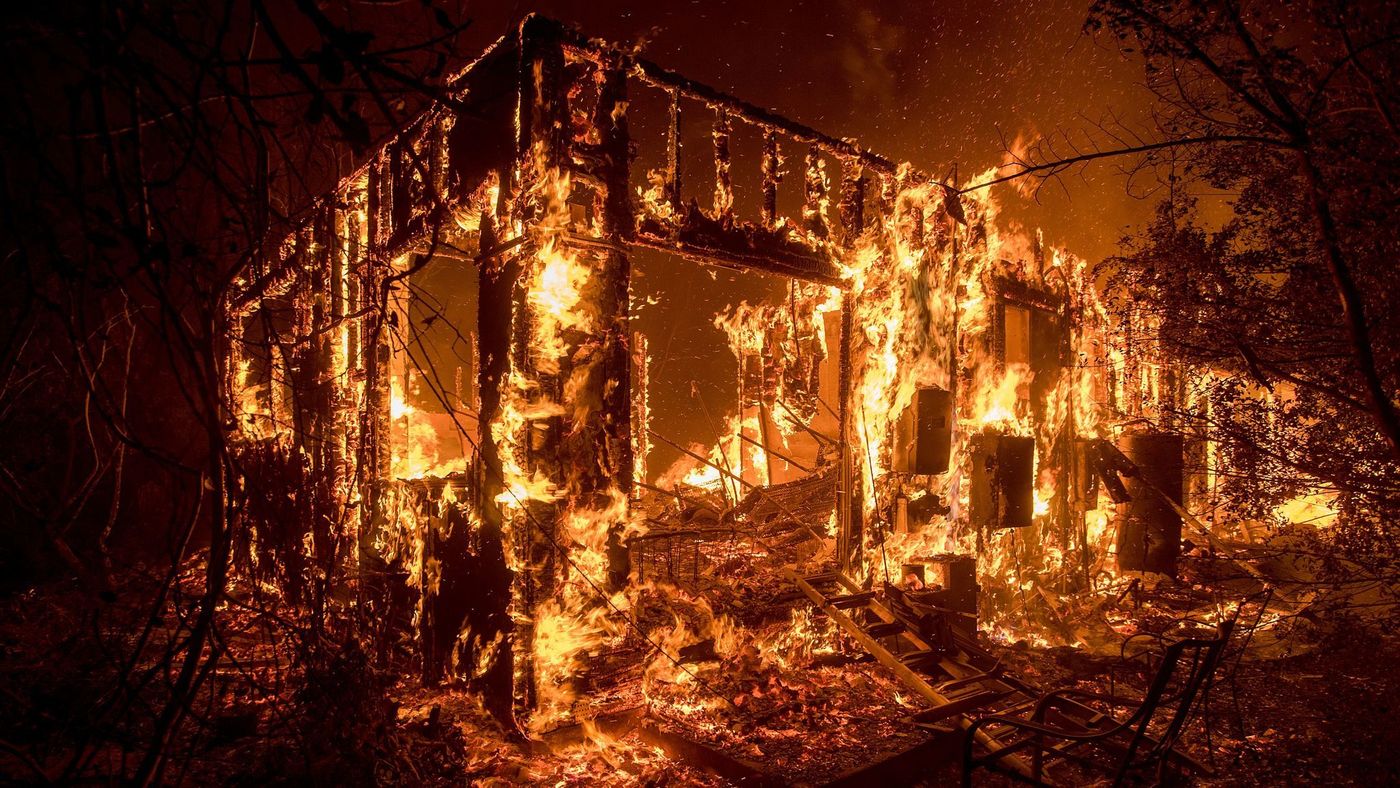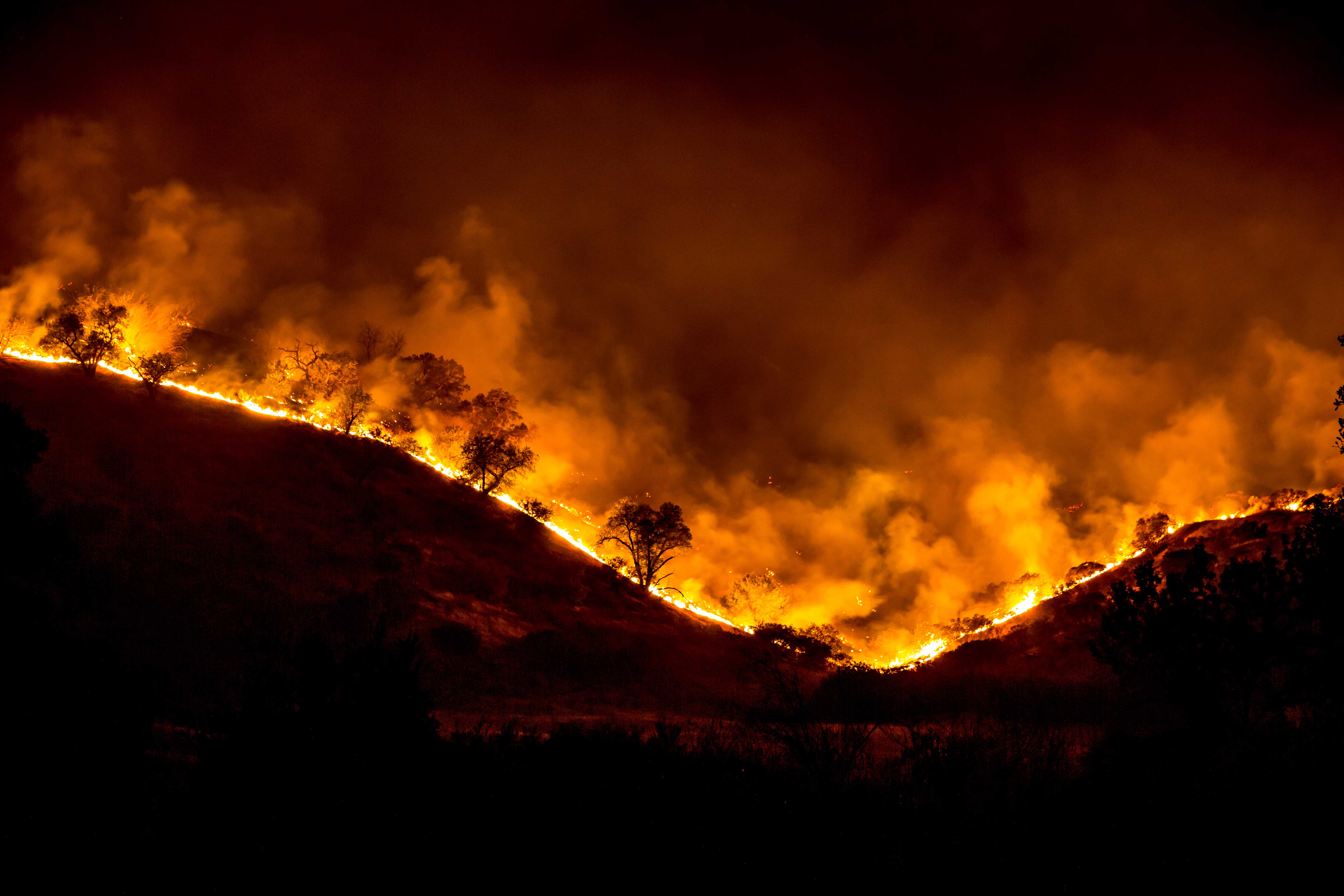 A 36-unit apartment complex is reduced to rubble after the Camp fire in Paradise, California on Nov. 30. (Gina Ferazzi / Los Angeles Times)
A 36-unit apartment complex is reduced to rubble after the Camp fire in Paradise, California on Nov. 30. (Gina Ferazzi / Los Angeles Times)
https://www.latimes.com/opinion/op-ed/la-oe-halsey-firesafe-20181211-story.html
What does prevent house ignition is fairly simple, and compared with the cost of destructive fires, relatively inexpensive.
Our current approach to wildfire is killing us. Instead of making communities fire safe, we’re mostly trying to manage habitat to suppress fire, and it’s failing to protect our lives and our property. Bureaucratic inertia and hubris are preventing needed change. Until the public understands the true nature of wildfire and demands the same of government, the staggering losses will continue to mount.
The sad fact is that strategies capable of preventing much of the devastation in Paradise and Malibu have been known for nearly two decades. But instead of pursuing those strategies, our wildfire agencies stubbornly pursue fire control. A case in point: After the massive fires of 2017 in Santa Rosa and in Ventura County, the state Legislature stepped in with this response: More money to increase logging and prescribed burns in forests far from where the fires occurred and far from communities with substantial populations.
As Jack Cohen, a former lead fire scientist with the U.S. Forest Service, has demonstrated through decades of study, extreme, uncontrollable wildfires are inevitable, but wildland-urban wildfire disasters are not. To stop those disasters, we must accept some basic principles based on experience and research. First among them is that the wildfire problem is a home ignition problem, not a wildfire control problem.
What does prevent house ignition is fairly simple, and compared with the cost of destructive fires, relatively inexpensive.
Embers are the biggest threat. Most structures ignite from embers that can travel a mile or more from the fire front in high winds. Of the 1,650 structures destroyed in the 2007 Witch Creek fire in San Diego County, there were few, if any, reports of homes that burned as a result of direct contact with flames from wildland fuels. Although 100 feet of defensible space around structures is a worthwhile effort, the nearly exclusive focus by wildfire agencies on other kinds of habitat clearance — creating huge fire breaks and logging — isn’t going to prevent wind-driven embers from setting communities on fire.
What does prevent house ignition is fairly simple, and compared with the cost of destructive fires, relatively inexpensive: Retrofitting houses or requiring that new houses be built with such measures as ember-resistant attic vents, nonflammable roofing (not Spanish-style tile roofs, which can trap embers in the spaces beneath the rounded tiles), and exterior sprinklers. The effectiveness of such sprinklers was proved during the 2007 wind-driven Ham Lake fire in Cook County, Minn., where they had been installed on 188 properties. Those properties survived; more than 100 neighboring properties didn’t. Federal Emergency Management Agency hazard mitigation grants had covered the majority of the cost of the sprinklers.
Unfortunately, most wildfire agencies have shown little interest in Cohen’s research. Despite the fact that one of the main goals of U.S. Forest Service vegetation clearance is to protect homes from wildfires, the agency rejects addressing home flammability because it is beyond the “official scope” of the projects. Similarly, after nearly 18 years of scientific input showing that the California Department of Forestry and Fire Protection’s Vegetation Treatment Program isn’t protecting homes from wind-driven fires, the agency refuses to change direction. In a recent Community Wildfire Protection Plan in Santa Barbara County, the only attempt to address home ignition is the suggested production of an educational brochure.
Making homes fire safe acknowledges that we must coexist with fire. But coexistence doesn’t preclude evacuation. Experience shows us that it too needs to be reconsidered. We have known since the 2003 Cedar fire in San Diego County that a large percentage of civilian fatalities occur when people are trying to evacuate during huge, wind-driven conflagrations. Such fires move too fast, warning systems often fail, people panic and the fire overtakes jammed roads.
Poor land planning makes the problem worse. Last summer, the San Diego County Board of Supervisors approved a new housing development in a known fire corridor, with only one way out. Paradise, with only a few roads in and out, had narrowed the main route through the town. These planning failures must be resolved with statewide standards.
Paradise also serves as an example of an alternative approach to evacuation. As the Los Angeles Times reported, heroic first responders “shepherded” evacuees from the gridlocked roadway to a concrete parking lot that was somewhat sheltered from the wind. They saved the lives of 150 people. Every housing development in a high-fire hazard area needs to have such a safety zone, a “fire park.” The Eureka Springs development in Escondido provides a model, a purpose-built large, grassy area that’s easy for everyone in the community to get to.
Every community should consider one more strategy that acknowledges our need to live with fire: forming Community Emergency Response Teams with a dedicated group of specially trained volunteers who stay behind expressly to help stranded people and to extinguish ember-ignited spot fires.
We must focus on why and how our communities burn. Protecting homes and families is not about controlling wildfire, but reducing the flammable condition of our communities and making sure new ones are not built in harm’s way.
Richard W. Halsey is director of the California Chaparral Institute.


